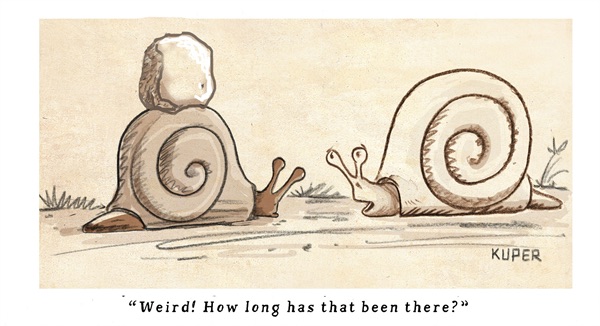How to Be the Change
Let’s Remove the Fear that People of Color Are Dangerous

As our nation’s civil uprising unfolds daily, a variety of opinions are aired that either brings us closer together or moves us farther apart as a community. At this moment, people are angry, scared and frustrated. The spotlight is on leadership locally and nationally as the fabric of our democracy unwinds.
Our local history starts with the indigenous life of the Chumash people. It’s clear that they were the first to suffer a knee to the neck at the hands of the Spanish conquest. This is not to blur or dilute the murder of George Floyd but rather to demonstrate the legacy of colonialism today. It is a meaningful link toward understanding the issue of police violence, which illuminates the continuum of racial barbaric practices against people of color.
The understanding could start with Black and Brown Solidarity by professor John Marquez of Northwestern University. He uses the Deep South as a backdrop for detailing police brutality against African Americans and Mexican Americans. He gives us the historical and political context for understanding how black and brown people have a shared experience protesting against police violence and the abuse of power by law enforcement.
As much as we wish that skin color did not pronounce a person’s socio-economic status or their ability to avoid unwarranted harassment at the hands of the police, there’s no doubt that skin color and race make a difference in America. Along with episodes of microaggressions in the workplace and in public spaces, this generation now faces the legacy of racial discrimination at its core. However, is there enough support and understanding from white America to sustain a change and to remove the fear that people of color are dangerous?
In Santa Barbara, we see microcosms for change within racial politics and the social well-being of our low-income neighborhoods that are today predominantly brown and Spanish speaking. Part of this change is knowing and understanding that Santa Barbara was once home to a vibrant African-American community. Like other places across America, we experienced a migration of black families in the 1930s and 1940s that included the Gilbert, Cunningham, Pointer, and Lambert families, just to name a few. Our town was once filled with many African-American churches that represented the civic contribution of black families in Santa Barbara. Unlike today, schools were truly diverse with black, brown, and white students who shared life’s challenges and experiences. This placed us on the map as a city that embraced equality. We celebrated our diversity. The true locals that remain know that this quality of our upbringing is no longer a part of Santa Barbara.
Unfortunately, the first wave of gentrification in the 1980s that pushed our black families out of town are filled with horror stories of lost homes and displacement to Lompoc, Santa Maria, and Oxnard. Many Mexican-American families experienced the same problem of being priced out of Santa Barbara. All of this with a simultaneous increase in law enforcement that targeted black and brown youth on both the Eastside and Westside of town. A deeper analysis may expose that all of this was done with a purpose. Especially by the way Santa Barbara revolves around racial classism, which has systematically regulated low-income people of color into certain neighborhoods and who barely survive as the invisible working backbone of our tourist and hospitality industries.
Today, Santa Barbara has been abandoned by empty political promises from our local Democratic machine. Our schools suffer from what was once an achievement gap. This injustice is now an education debt. Our high schools promote academies that perpetuate inequality and act as private institutions within our public education system. Our local government can only offer 7 percent of its total human services budget to youth programs. Our brown families and what’s left of our black community are marginalized within the kaleidoscope of this glorified American Riviera.
In order to root out racism, we need anti-racist policies to sustain reforms and structural changes. Confronting racism across the board exposes white supremacy. It’s not the responsibility of black or brown people to end racism. White folks need to morally educate themselves and their children in order to be the change and be committed to it.
All of us really need to understand and embrace why people are marching and protesting across the country. Knowing that Santa Barbara has a unique shared history between whites, Mexican Americans, and African Americans, we need to also ask ourselves why has it been erased as part of our local culture. Within these questions, the voices of our youth and the people who have been subjected to harassment and intimidation by law enforcement can no longer be ignored — the murder of George Floyd confirms the first thing my dad taught me when I was a boy: “The Police Kill,” and that’s the reality people of color live with on a daily basis.
As we now we face a cataclysmic health pandemic, a devastating economic crash, and exploding racial tension and unrest, all of us have a choice of how we want to proceed locally in order to hold public agencies and law enforcement accountable. How do we intend to acknowledge and treat each other, especially people of color? Equally, how does today’s Santa Barbara promote true equity, diversity, and inclusion? These are evolving questions — just as the need for solidarity has to evolve in order for all us to truly trust and respect each other as human beings.



